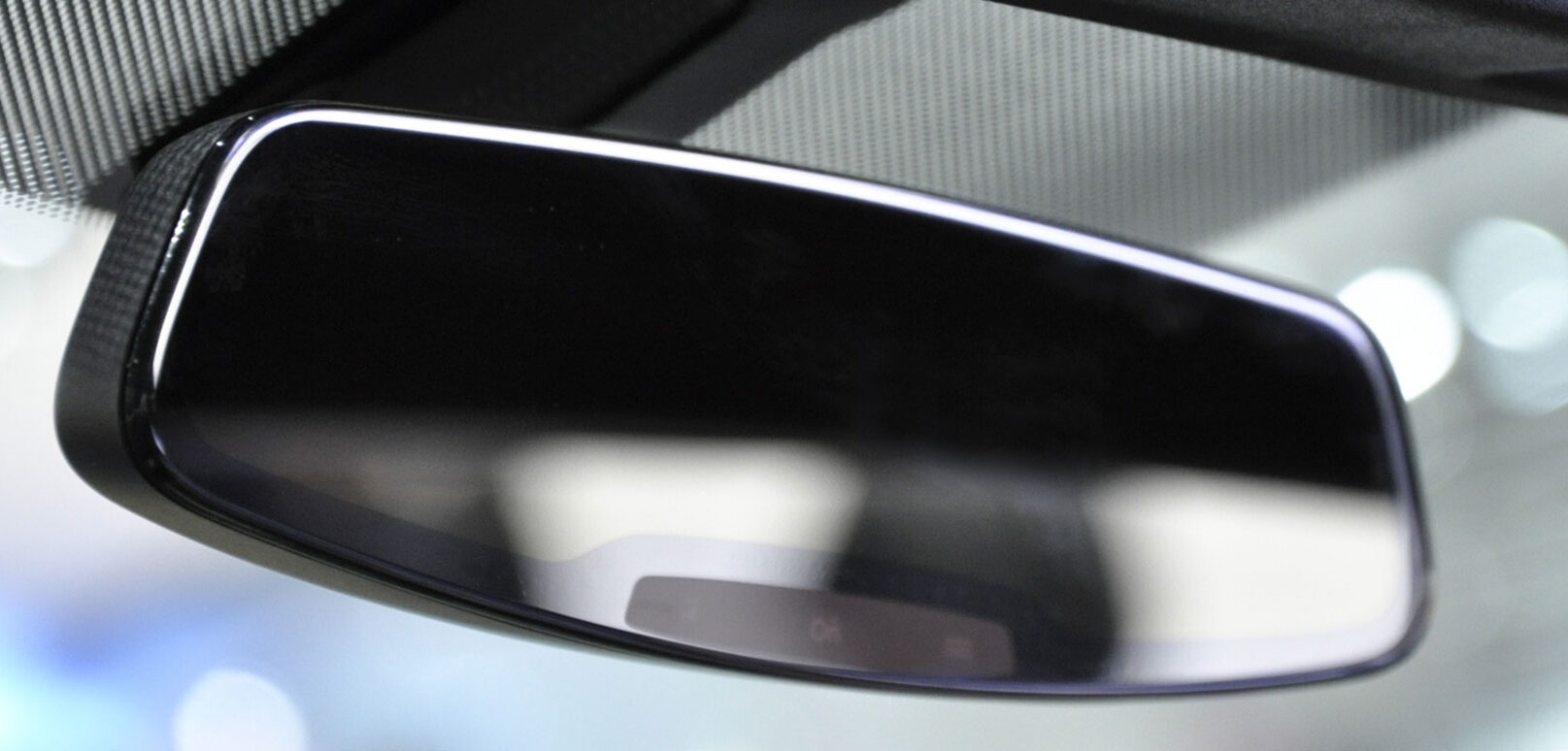Well, it's true that the position of the receiving pixel defines the angle of incidence of the incoming beam (the central ray of the incoming beam passes straight through the lens), but a direct beam from an oncoming vehicle will be orders of magnitude more powerful than a scattered return beam, and may at least temporarily "blind" the receiving pixels as they reach "saturation". I suppose that this has already been addressed in relation to night-vision goggles.
Also, the beam from the oncoming vehicle is not synchronized with the receiving vehicle's outgoing bursts, so it cannot be used directly to determine the distance.
It would, of course, be possible to track the angular movement of the oncoming vehicle from the moving location of the "blinded" pixels.
The point density will decrease with distance (unless the laser beams have a beam spread angle proportional to the distance), so the probability of a direct hit on the receiving sensor will increase as the vehicles get closer.
Oncoming vehicles can produce both direct laser impingement and scattered light impingement. Following vehicles only produce scattered light impingement on a forward facing LiDaR.
One solution may be that, for pulsed LiDaR (send a laser pulse and wait for reflection before sending another pulse) the LiDaR receiver pixels are only queried for a short period determined by the number (N) of laser pulses per frame (1/25 of a second). So if we use N = 4000*, the individual pixels are scanned every 0.04 sec for a period of 0.000005sec (assuming 50% duty cycle). So I guess what we are looking at is the probability of an incoming direct or scattered beam arriving in the time window a pixel is being queried by the Akida SNN.
As you point out, there will be only one pulse from the oncoming vehicle which could possibly impinge on the receiving pixel being examined, and this will also be 0.5/4000 of a second every 1/25 th of a second. So the probability of a direct hit while a pixel is being examined is quite low.
PS: I wonder if there is a correlation between the number of pulses per frame and the number of pixels.
*Valeo uses 25 frames per second, but the 4000 pulses per frame and 50% duty cycle are my guesstimates by way of example only. 50% duty cycle means the pulse duration and the waiting period for reflection are equal.
Here is one of the random doodles I made showing the relation of incoming beams impinging on the pixels of a light sensor. If you use, say, the central pixel (blue) as the reference, the angles of other beams can be determined precisely by the pixels each beam strikes.
(This is from one of the experiments I conducted with my Christmas laser pointer while I was endeavoring to watch the transit of Venus)
(I find sometimes the trees obscure one's view of the forest)
Last edited:






